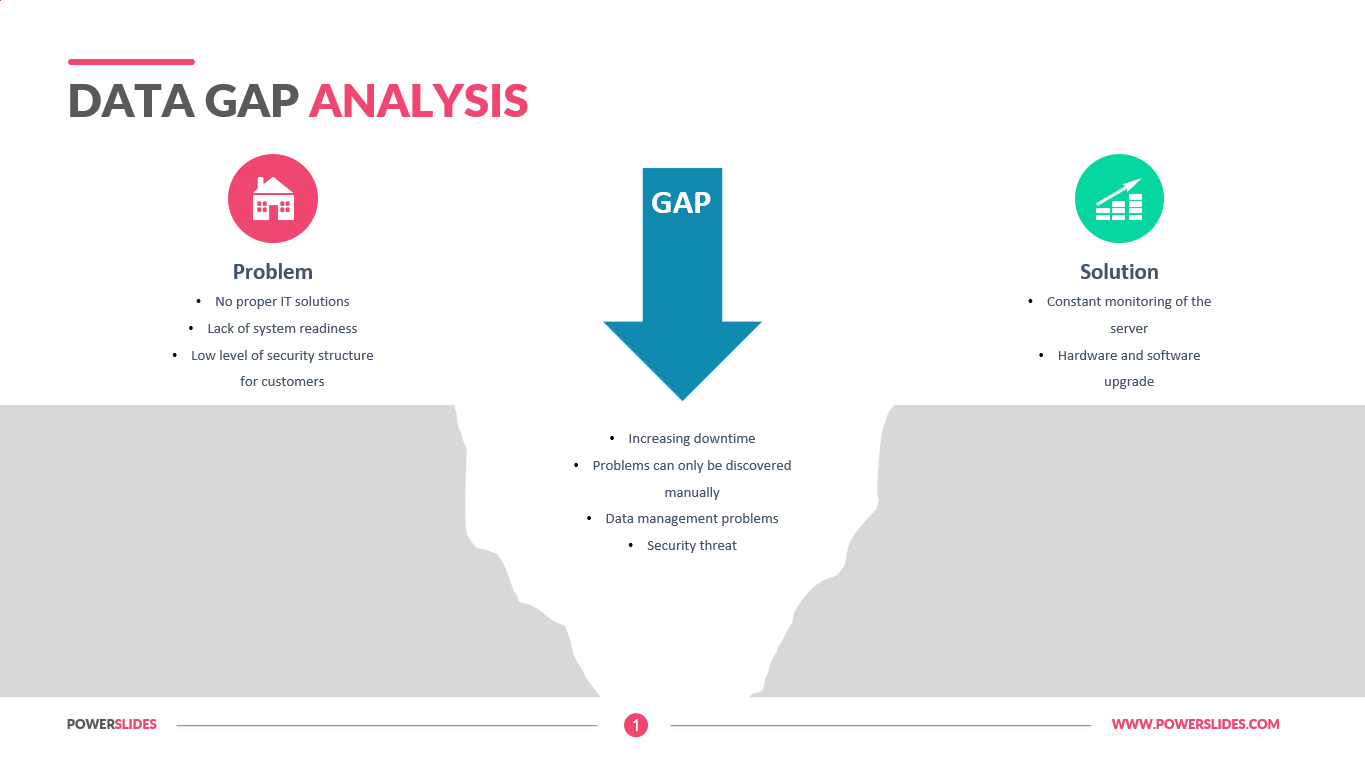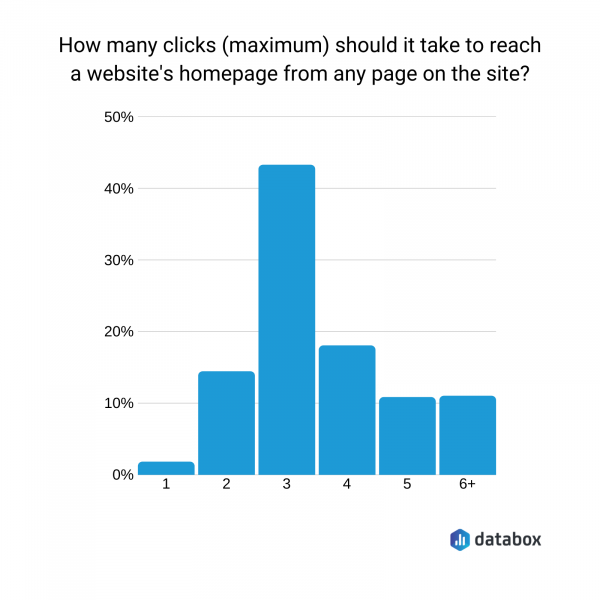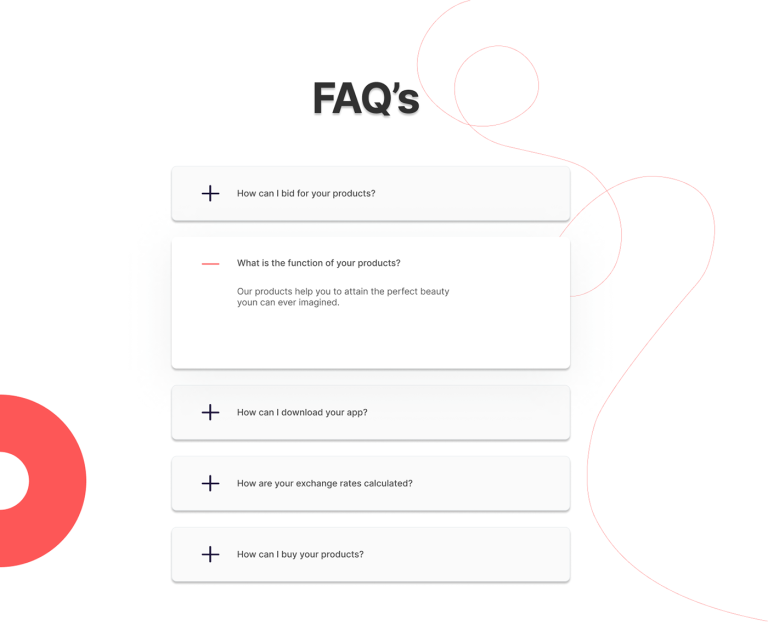
In the ever-evolving world of digital marketing, staying ahead of the competition means constantly adapting your content strategy. One of the most powerful tools in your arsenal is topic gap analysis, a process that helps you uncover missing or underperforming content on your website—content that could be driving traffic away from your site and toward your competitors.
This article will guide you through the ins and outs of topic gap analysis, showing you how to identify content gaps, leverage competitor insights, and create content that resonates with your audience while improving your SEO performance. Whether you’re a seasoned marketer or just starting out, this guide will give you the actionable steps needed to fill those critical content gaps and boost your visibility in both traditional search engines and AI-driven platforms.
What Is Topic Gap Analysis and Why It Matters
At its core, topic gap analysis is the process of identifying topics or content pieces that your competitors are covering but you aren’t. This can include keywords, questions, or themes that are driving traffic to other websites but not to yours.
The goal of this analysis is to find opportunities to improve your content strategy by creating new content or refining existing pieces that are underperforming. By doing so, you can increase your visibility in search results, attract more organic traffic, and ultimately drive more conversions.
But why does this matter now more than ever?
With the rise of generative AI and search engine optimization (SEO) evolving rapidly, users are no longer just searching for keywords—they’re asking complex questions and looking for comprehensive, high-quality answers. If your website isn’t addressing these queries, you risk losing out on valuable traffic and engagement.
Moreover, Google’s E-E-A-T framework (Experience, Expertise, Authoritativeness, and Trustworthiness) emphasizes the importance of providing accurate, up-to-date, and expert-backed content. A topic gap analysis helps ensure that your content aligns with these standards and meets user expectations.
How Topic Gap Analysis Impacts SEO Performance
Topic gap analysis has a direct impact on several key SEO metrics:
- Visibility: Identifying and filling content gaps increases your chances of appearing in search results and AI responses.
- Traffic: Covering topics better than your competitors can divert their traffic to your site.
- Engagement: High-quality, relevant content keeps users on your site longer, reducing bounce rates and increasing dwell time.
- Conversions: Content that addresses user intent and solves problems can lead to higher conversion rates.
For example, if your competitors are ranking for a keyword like “how to start a blog,” but you haven’t created a comprehensive guide on the topic, you’re missing out on a significant opportunity to attract potential customers.
By performing a topic gap analysis, you can uncover these missed opportunities and create content that fills those gaps—helping you rank higher and engage your audience more effectively.
Step-by-Step Implementation Framework
Here’s a practical, step-by-step approach to conducting a topic gap analysis and using it to improve your SEO performance.
1. Define or Audit the Current Situation
Start by evaluating your current content strategy. Use tools like Google Analytics, Google Search Console, and SEMrush to understand which pages are performing well and which ones are underperforming.
- Identify pages with low traffic or high bounce rates.
- Look at the keywords your site is currently ranking for.
- Compare your content against your top competitors.
This initial audit sets the stage for identifying where you’re falling short and what content you need to create or improve.
2. Apply Tools, Methods, or Tactics
Use specialized tools to uncover content gaps. Some of the most effective tools include:
- SEMrush’s Keyword Gap Tool: Compares your website against competitors to find keywords they rank for that you don’t.
- Ahrefs’ Content Gap Tool: Helps identify topics that your competitors are covering but you aren’t.
- Clearscope: Offers insights into content optimization based on search intent and competitor analysis.
These tools allow you to see what content is working for others and where you can improve.
3. Measure, Analyze, and Optimize
Once you’ve identified potential content gaps, it’s time to analyze them and develop a plan to address them.
- Analyze Competitor Content: Look at how your competitors structure their content, what keywords they use, and what topics they cover.
- Assess User Intent: Understand what your audience is searching for and how your content can meet those needs.
- Create or Update Content: Develop new content or refine existing pieces to fill the gaps you’ve identified.
Track the performance of your new content using tools like Google Analytics and SEMrush’s Position Tracking to see how it impacts your rankings and traffic.
Real or Hypothetical Case Study

Let’s say you run an e-commerce store selling eco-friendly home products. After conducting a topic gap analysis, you discover that your competitors are ranking for keywords like “how to reduce plastic waste at home” and “sustainable living tips.”
However, your site doesn’t have any content on these topics. By creating a comprehensive guide on sustainable living, you can attract a new audience segment and improve your visibility in search results.
After publishing the guide, you notice a 40% increase in organic traffic and a 25% improvement in engagement metrics. This real-world example shows how addressing content gaps can lead to measurable improvements in SEO performance.
Tools and Techniques for Topic Gap Analysis
Here are some of the best tools and techniques to help you conduct a successful topic gap analysis:
- SEMrush: Offers a suite of tools for keyword research, competitor analysis, and content optimization.
- Ahrefs: Provides in-depth insights into competitor content and keyword gaps.
- Google Trends: Helps identify trending topics and seasonal variations in search behavior.
- AnswerThePublic: Visualizes common questions people ask about specific topics, helping you identify content opportunities.
- Ubersuggest: Offers keyword suggestions, content ideas, and competitor analysis features.
Each of these tools can play a role in identifying content gaps and developing a more effective content strategy.
Future Trends and AI Implications
As AI continues to shape the future of search, topic gap analysis will become even more critical. Generative AI models like Google’s Gemini and OpenAI’s GPT are increasingly being used to provide direct answers to user queries, making it essential that your content is not only optimized for traditional search but also for AI-driven platforms.
Future trends to watch include:
- More personalized search results: AI will tailor content to individual user preferences, requiring more targeted and niche content.
- Voice and multimodal search: As voice assistants and visual search tools become more prevalent, content must be optimized for different formats and interaction styles.
- Enhanced E-E-A-T focus: AI models will place greater emphasis on content quality, expertise, and trustworthiness, making it crucial to produce authoritative, well-researched content.
To stay ahead, focus on creating content that is not only relevant but also deeply informative and aligned with user intent.
Key Takeaways
- Topic gap analysis is a powerful tool for identifying content opportunities and improving your SEO performance.
- It helps you uncover topics your competitors are covering but you aren’t, allowing you to fill those gaps and attract more traffic.
- Using tools like SEMrush, Ahrefs, and Clearscope can streamline the process and provide valuable insights.
- Focusing on user intent, E-E-A-T, and content quality ensures your content is not only visible but also valuable to your audience.
- The future of SEO is increasingly AI-driven, making it more important than ever to stay ahead of the curve with high-quality, relevant content.
Now is the time to take action. Start analyzing your content, identify the gaps, and create content that meets the needs of your audience and outranks your competitors.
Meta Title: Topic Gap Analysis: How to Find Content You’re Missing and Boost Your SEO
Meta Description: Learn how to identify and fill content gaps to improve your SEO performance and outrank competitors. Discover actionable strategies and tools for effective topic gap analysis.
SEO Tags (5): #TopicGapAnalysis #SEOStrategies #ContentMarketing #CompetitorAnalysis #DigitalMarketing
Internal Link Suggestions: [Parameter #1: Keyword Gap Analysis], [Parameter #2: Search Intent Optimization], [Parameter #3: E-E-A-T Strategy]
External Source Suggestions: https://www.semrush.com/, https://ahrefs.com/







